When Elvis Played Washington
One of the most fascinatingly outlandish moments in the Elvis Presley legend is the rock-and-roll legend's Dec., 21 1970 private meeting in the Oval Office with then-President Richard M. Nixon. The event resulted in a grip-and-grin photo of the cape-clad Elvis and an uneasy-looking Nixon that since has adorned countless postcards and t-shirts.
But the Elvis-Nixon meeting was memorable for another reason: It was one of only four appearances that Elvis ever made in the Washington, D.C. area. He gave just three concerts here — the first in 1956, when he was on the cusp of superstardom, and the other two in 1974 and 1977.
Elvis' first visit to Washington was on March 23, 1956 — the same day, by coincidence, that his first full-length album, Elvis Presley, was released. Col. Tom Parker, who was in the process of taking over as the 21-year-old singer's manager, had close ties to Washington-based country disc jockey, manager and promoter Connie B. Gay, who had developed such a huge following in the area that he actually had three country music shows on local television. Gay booked Elvis as the headliner on one of the floating concerts on the S.S. Mount Vernon, a small ship that sailed the Potomac.
To promote the gig Gay also arranged for Elvis to appear as a guest on his flagship show, WMAL's "Town and Country Time," which was hosted by Gay's protege, singer and future sausage magnate Jimmy Dean. That evening, Elvis arrived at WMAL's then-studio, a former skating rink on Connecticut Avenue NW, for the program's 6:30 p.m. live telecast. Two nights before, in Lexington, Ky., he'd caused such a sensation that he needed a police escort from his dressing room to fend off the crush of young female admirers. In constrast to the flamboyant jumpsuits and capes of his latter period, young Elvis wore somber dark slacks, a sport coat, and a dress shirt sans necktie. The one bit of flash was a pair of argyle socks. He sat on a bench with Dean, who was clad in cowboy regalia. As Dean later recounted in his autobiography Thirty Years of Sausage, Fifty Years of Ham, Elvis gave oddly monosyllabic replies to Dean's questions." So, you're gonna be on the S.S. Mount Vernon tonight, are you Elvis?" Dean asked.
"Yep," Elvis responded.
"Have you ever worked on a boat before?"
"Nope."
The personable Dean was a bit taken aback. Years later, Elvis actually made a point of apologizing to him about the laconic non-interview, explaining that he was new to appearing in front of a TV camera, and had simply gotten stage fright. He did almost smile for this photo with Dean.
The actual concert on the S.S. Mount Vernon was nearly as much of a disaster. As Washington Post columnist Bill Gold reported afterward, the S.S. Vernon had developed trouble with its steam valve that afternoon, and when show time rolled around, the ship was unable to leave its berth at Pier 4 at 6th and Water streets SW. As Gold recounted, Gay had sold hundreds of tickets in advance, mostly to teenagers eager to see the new rock-and-roll sensation, despite the bitter early-Spring evening air. As the passengers milled about unhappily, Gay stood on the gangplank and announced that even if the cruise didn't cast off, the musicians would put on two shows to make up for it. About a hundred of the ticket-holders weren't satisfied with that deal, and Gay obliged by refunding their $2 tickets.
The rest boarded, and the show began. Because of the cold, most of the crowd took refuge in the Vernon's glass-enclosed main deck, which became so jammed up that dancing was all but impossible. Even so, Elvis and the opening act, Easton, Md.'s Melvin Price and the Santa Fe Rangers, put on a three-hour show. As Price told Washington CityPaper in 2007, Elvis, who was accompanied the Blue Moon Boys-drummer D.J. Fontana, lead guitarist Scotty Moore and stand-up bassist Bill Black--played his own guitar so energetically that he broke three strings. "He just pulled the guitar off his shoulder, and it slid across the stage," Price recalled. "He just said, 'I'll be back.'" The audience loved Elvis' attitude, he remembered.
It would take Elvis 18 years to return to the Washington area to perform a Sept. 28, 1974 concert at the University of Maryland's Cole Field House. Here's a complete recording of the show, during which Elvis complains about a newspaper journalist who'd written that he had a paunch. The extra girth, Elvis explained, was because "I wore a bullet-proof vest on stage ... you know, in case some fool tries to take a .22 and blow ... my belly button off."
Elvis's final appearance in the Washington area was at the Capital Centre in Landover on May 22, 1977. As Post writer William Guildea reported, Elvis looked "something less than his svelte, youthful self" as he squeezed into a sequined white jumpsuit emblazoned with gold suns across his chest and back, and his voice was similarly past its prime, so much that it was tough to make out the words as he sang. The audience, however, didn't seem to care. Female fans rushed the stage to throw teddy bears onstage and catch the scarves that Elvis pulled off his neck and tossed into the crowd." The place is still a sea of flashbulbs as the end approaches, signaled by some accentuated bumps and grinds that first became famous more than two decades ago," Gildea wrote of The King's hour-long set. "Though no one was seen swooning, nobody objected to that gyrating either." Judging from this 25-minute snippet of video from the concert, Gildea's description took a bit of poetic license; Elvis moves slowly and stiffly around the stage during hits such as "Don't Be Cruel" and his cover of "My Way," and finished with a version of "Hound Dog" in which his voice seemed barely above a whisper.
Not quite three months later, Elvis would die in Memphis at age 42.


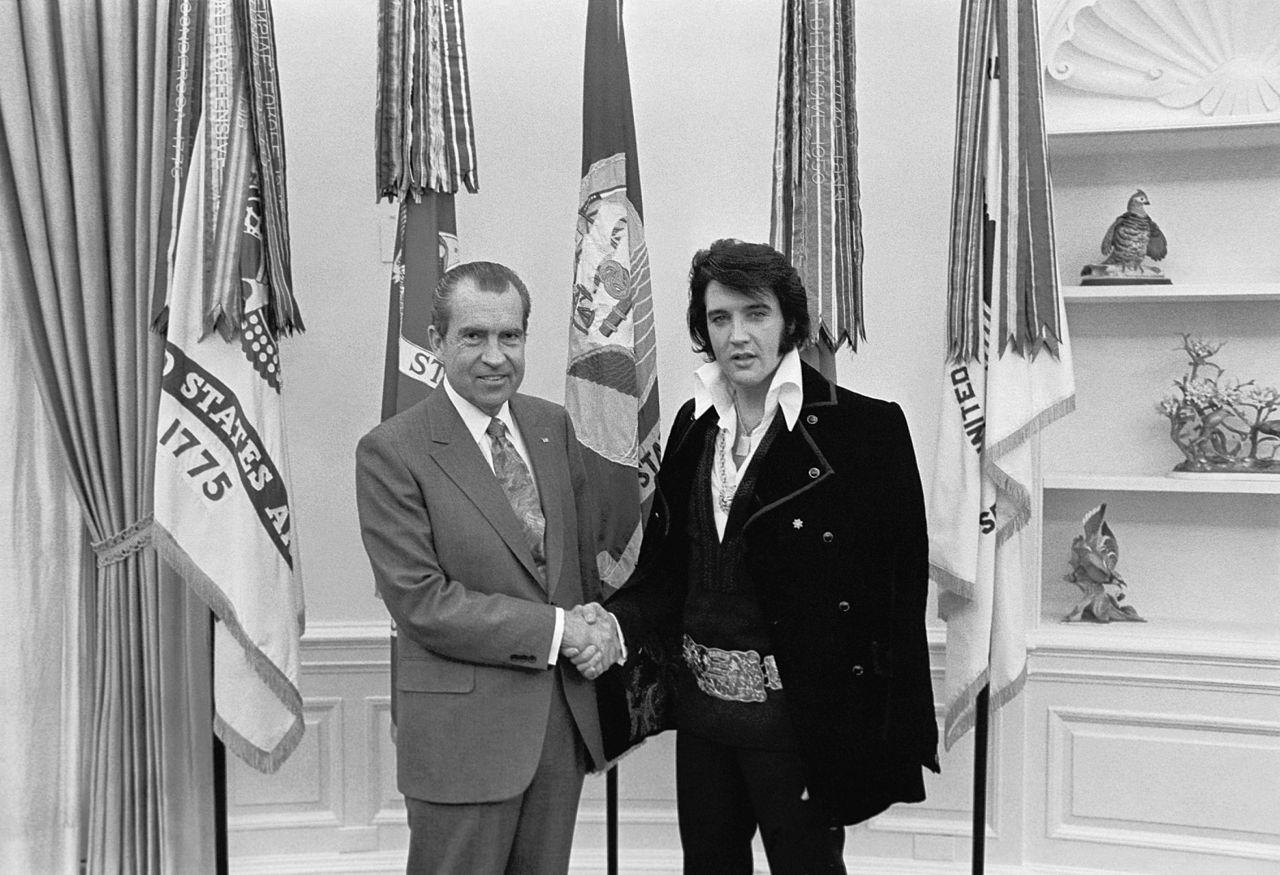
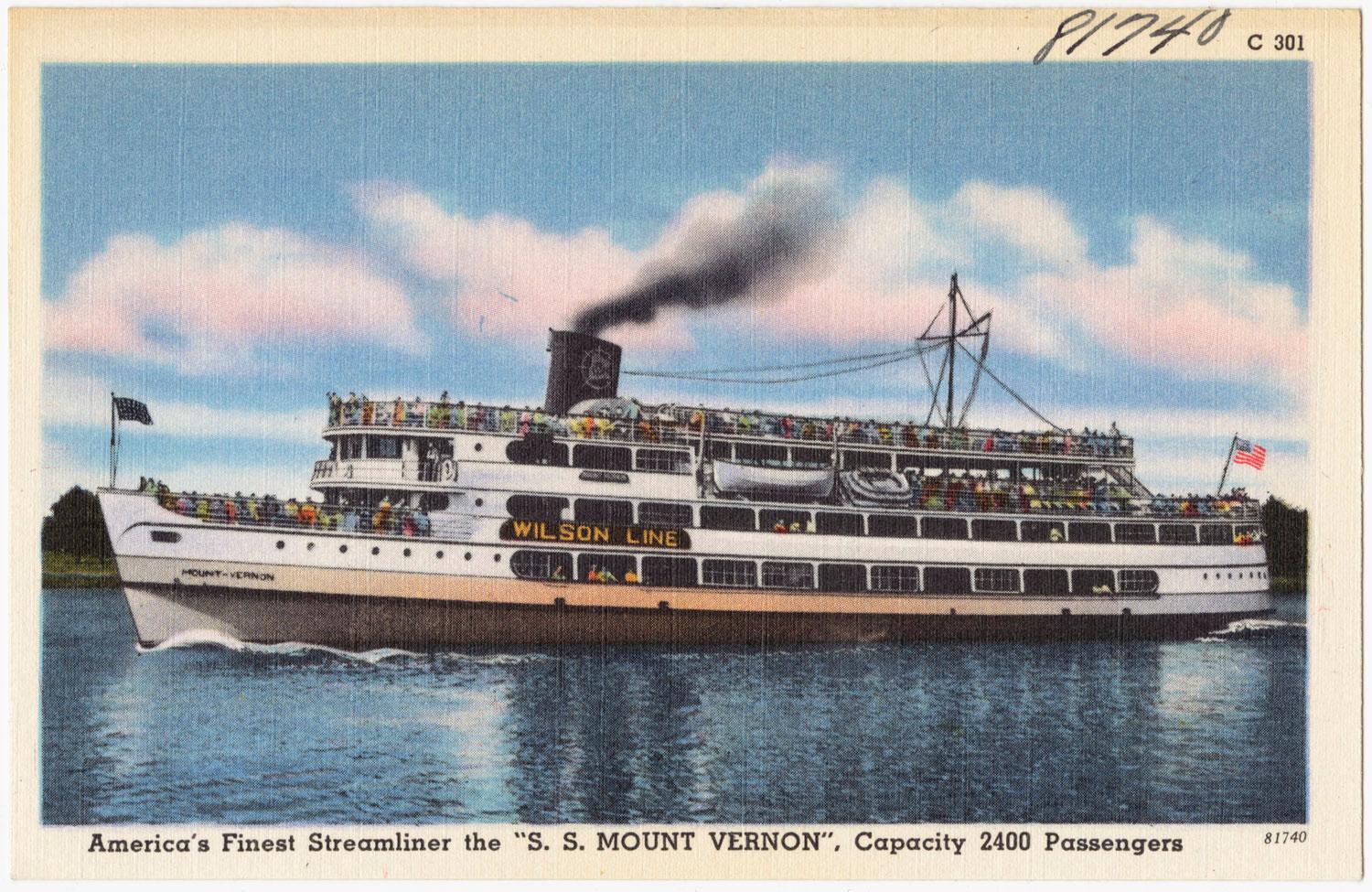
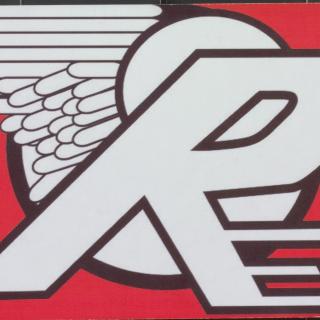
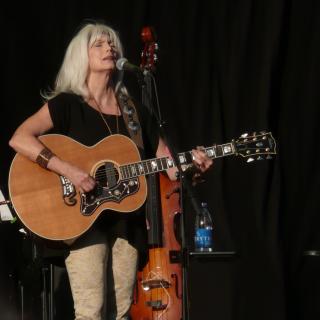
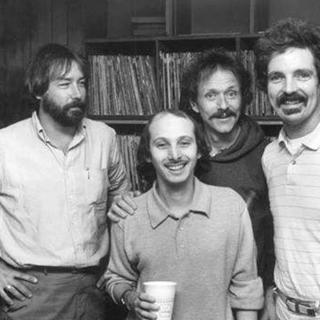
![Sketch of the mythical fuan by Pearson Scott Foresman. [Source: Wikipedia]](/sites/default/files/styles/crop_320x320/public/2023-10/Goatman_Wikipedia_Faun_2_%28PSF%29.png?h=64a074ff&itok=C9Qh-PE1)












